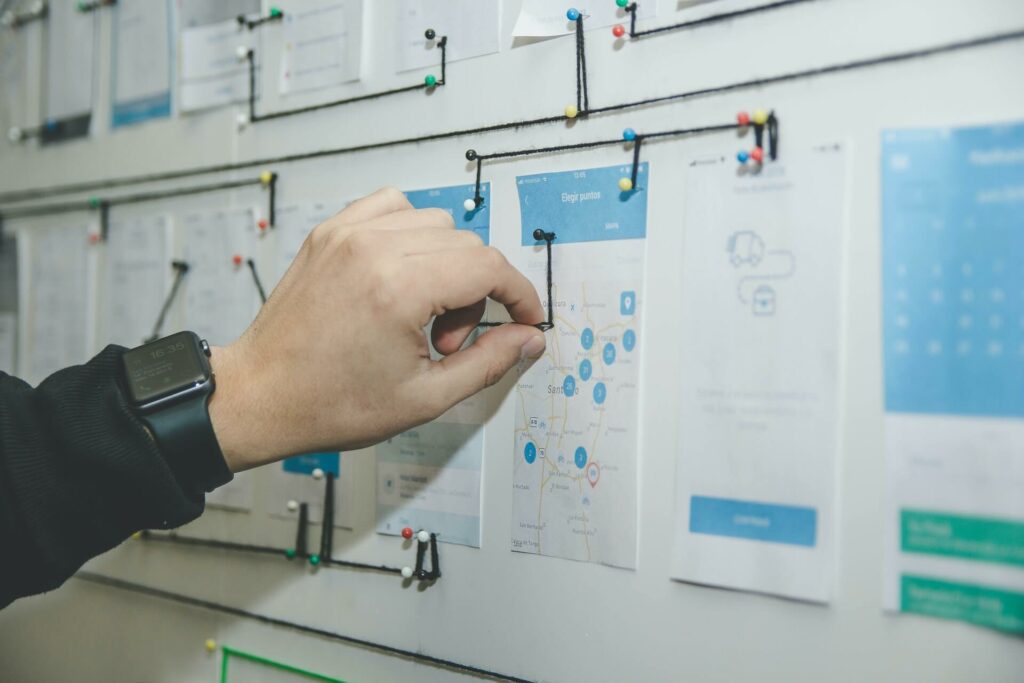Successful management of projects is key to building a successful business and top organizational productivity.
Managing projects successfully requires proper planning on the part of the project manager and project team and seamless integration management of all aspects and processes of the project.
Planning a project revolves around the constraints of the project. These constraints include the triple constraint triangle of scope, schedule, and cost.
Other constraints include risks, resources, and quality. The resources required to plan and execute the project depend on these other constraints.
A resource breakdown structure (RBS) is a tool used to ensure adequate and efficient allocation of resources and management of these resources.
As a project manager, you will need one to manage your resources for a successful project.
Project resources refer to the human and physical resources required to successfully manage the project from initiation to closure.
Resource management is an important aspect of proper project management as it is important that the necessary resources are available when required during the project life cycle, and that the allocated resources are maximally utilized.
Resource management involves identifying all resources needed to complete the project, defining everyone’s role, creating reward systems, training and motivation for project team members, managing the use of physical resources, and tracking performance.
What is a Resource Breakdown Structure?
Haven understood the concept of project resources and resource management, we can now properly define what a resource breakdown structure is.
According to the Project Management Institute (PMI), project data has 2 components. These are the project work breakdown structure (WBS) and the resource breakdown structure (RBS).
A resource breakdown structure is a hierarchical model used to identify and list the required resources to facilitate and successfully execute a project.
This includes the money to be spent throughout the project life cycle on the project, people, equipment, materials, fees, licenses, and project management tools.
The resource breakdown structure also categorizes and organizes these resources showing their interrelationships. This model helps clarify the required resources, and their availability. It also is used to categorize these resources.

Read Also: Top 5 Ways to Avoid Gold Plating in Project Management
What are the Benefits of a Resource Breakdown Structure
The use of a resource breakdown structure when managing projects happens to have a lot of benefits for successfully planning and executing a project.
One major benefit is it gives you as a project manager clarity of every resource you need to manage and execute the project from the start to closure.
It provides clear visualization of the resources allocated alongside individual resources and assignments. These resources can then be aligned properly to meet the project’s needs and meet the organization’s or client’s goal.
Another benefit it brings is that it enables streamlined collaboration when sharing resources among cross-functional teams like scrum teams using the agile development methodology.
Each development team is able to plan when and how to use resources based on availability.
Using a resource breakdown structure is also helpful in determining the budget for the project. A thorough list of all resources required will enable you to have a clearer estimate of what the project will cost.
With this, it becomes easier to stay within the constraint of the project’s budget.
With the use of this breakdown structure, it becomes easier to identify gaps and overlaps among the project requirements, the project team needs, and the organizational resources.
Haven identified the gaps and overlaps, they can be synchronized for a seamless utilization of resources.
With the use of a resource breakdown structure, there is a limitation on the risks and uncertainties that can arise from resource availability for the entire duration of the project.

Read Also: Kill Point in Project Management
Who creates the Resource Breakdown Structure?
The task of creating and using the resource breakdown structure ideally falls on the project manager. However, it is created with input from the project team, functional managers, and other relevant stakeholders.
It is created by the decomposition of the project into the various tasks required to execute the project and then identifying the resources needed for each task.
Creating the RBS requires access to high-level project data such as project cost estimates, available organizational equipment, human resources, teams, and software.
This will give a better understanding of the project scope and its feasibility.
Read Also: Project Performance Measurement Baseline
When is the Resource Breakdown Structure created?
The RBS is created at the beginning of the project during the planning phase. However, it is used for the duration of the entire project and is progressively elaborated as the project goes on.
The estimates for required resources, projections, and allocations become more accurate as the project goes on and the RBS can be updated with progressive elaboration or the rolling wave planning strategy.
Once the resource breakdown structure is developed, it should be made available to all members of the project team and stakeholders as It is essential that they are clear about the project requirements.

How to create a Resource Breakdown Structure
Creating a resource breakdown structure is similar to that of the work breakdown structure. The project scope is broken down into requirements and then further broken down into tasks.
Executing each task requires resources. Estimates of costs and resources are gotten from different sources. These include the organizational project assets (OPAs), project schedule, cost estimates, risk register, and project team.
The resource breakdown structure format is a tree diagram with each project deliverable at the top, with the breakdown of resources under the deliverables as branches.
A spreadsheet can also be used to create a horizon breakdown structure of the project resources.

Resource Breakdown Structure example
To have a more concrete understanding of a resource breakdown structure and how it is created and used on a project, consider an example of a project.
An example of a project is creating a simple blog website for digital products.
Executing this project successfully requires different categories of resources. These include human resources, equipment and materials, financial resources, information technology, and facility.
Human resources refer to the people that make up the project team including the project manager. Using a tree-diagram resource breakdown structure, the top of this particular branch is the human resources.
The list could go like this:
- Project manager – David
- 1 web designer – James
- 1 web developer – Sarah
- 1 graphics designer – Eno
- 5 content writers – Isabel, Kent, Lois, Kyle, Jeremy
- 1 logistics coordinator – Andre
- 1 tester – Owen
Project equipment and materials refer to the physical resources required to execute the project. They can be large items like vehicles or office supplies and stationery.
This equipment could be owned by the organization or leased specifically for the project as a required resource may not be available. Required resources for this website include:
- 10 computers (desktops or laptops).
- 1 internet router.
- 1 projector.
Another category of resources is information technology. These include non-tangible tools, software, and applications used to produce project deliverables. For this project, the required information technology resources include:
- Project management software.
- Design tools like canva app or adobe.
- Invoicing software.
Another resource category to consider in projects is the site or facility. These are the locations used by the project team during the planning and execution of the project.
These include storage sites, production sites, or offices for the project team to use. Warehouses, conference rooms, offices, project sites, and meeting rooms fall within this category.
For this project, the major sites required are offices and a meeting room.
The above resources are just the basics for a simple hypothetical project as most projects require a lot more resources. The important thing however is understanding the basics of creating the RBS and the clarity it brings when managing projects.
Conclusion
For effective project management, the use of a resource breakdown structure is key. It is important that all resources require to plan and execute the project are identified during planning and allocated.
If a resource is not identified but is needed when project execution is already underway, it presents a difficulty and puts the project at risk of budget and schedule overruns.






Have you ever thought about publishing an ebook or guest authoring on other websites?
I have a blog centered on the same topics you discuss and would really like to have you share some stories/information. I know my visitors would appreciate your
work. If you are even remotely interested, feel free to send me an e mail.
Done
Everything is very open with a really clear explanation of the issues. It was really informative. Your website is very useful. Many thanks for sharing!
Thank you. Glad to help.